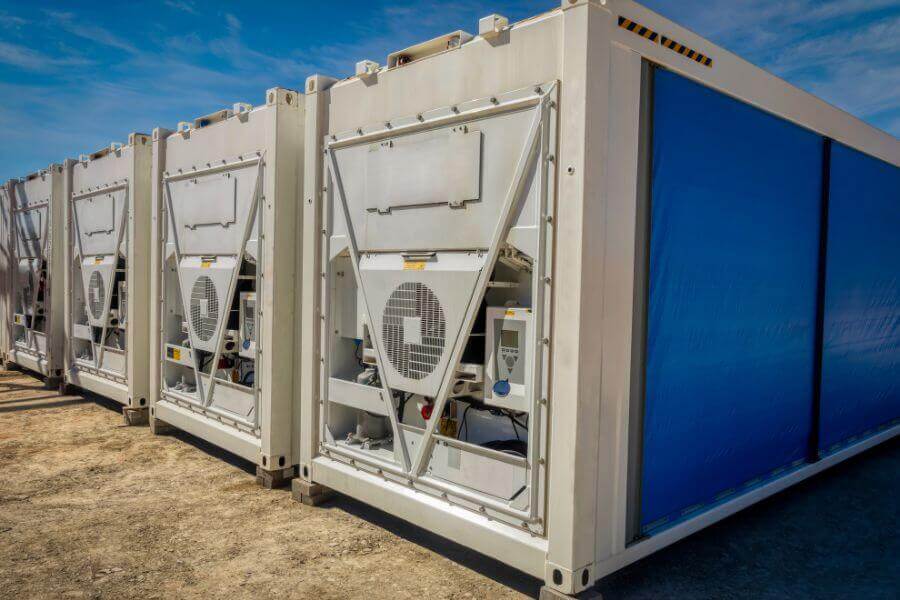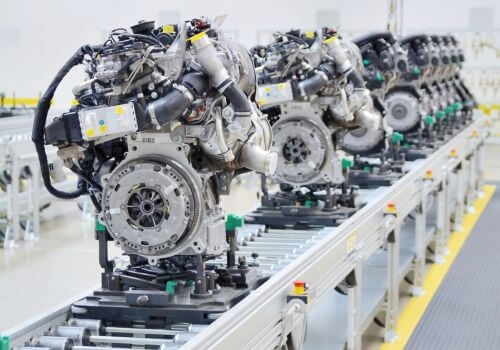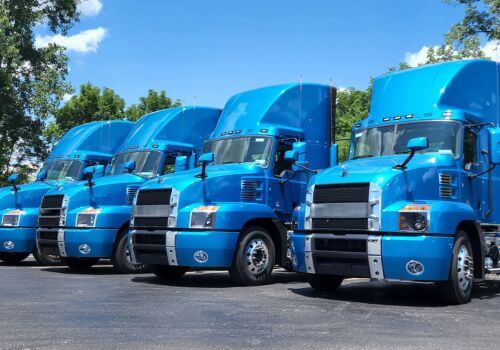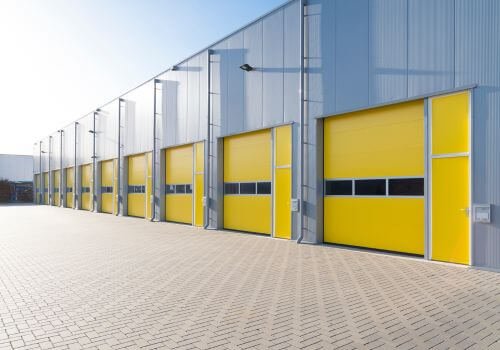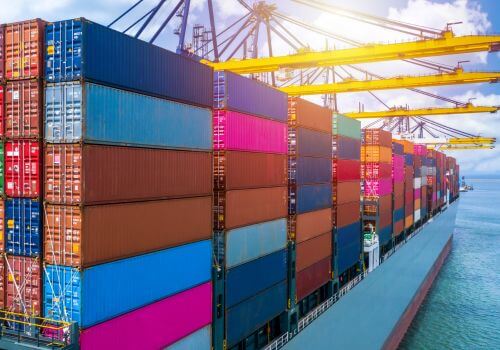In the world of logistics, keeping things cool is a big deal. Enter the reefer – not the kind you might be thinking of, but a crucial player in the transportation of temperature-sensitive goods. This guide will walk you through everything you need to know about reefers in logistics, from what they are to how they work and why they’re so important.
What is a reefer in logistics?
Let’s start with the basics. A reefer, short for refrigerated container, is a specialized shipping container designed to transport temperature-sensitive cargo. Think of it as a giant, mobile refrigerator that can be loaded onto ships, trucks, and trains. Reefers are the unsung heroes of the cold chain, ensuring that your ice cream stays frozen, your fruits stay fresh, and your medicines remain effective from point A to point B.
The history of reefers
Believe it or not, the concept of refrigerated transport has been around for nearly a century. The first successful mechanically refrigerated truck hit the roads in 1925, primarily to serve the ice cream industry. Fast forward to today, and reefers have become an indispensable part of global trade, with millions of units in operation worldwide.
How do reefers work?
Now, let’s dive into the cool stuff – literally. Reefers are marvels of engineering, designed to maintain precise temperatures regardless of external conditions. Here’s a breakdown of their key components and how they function.
Refrigeration unit
The heart of a reefer is its refrigeration unit. This powerhouse is responsible for generating and circulating cold air throughout the container. It works tirelessly to maintain the desired temperature, whether that’s a chilly -30°C for frozen goods or a balmy +30°C for bananas.
T-shaped floor
Ever wondered how the cold air gets distributed evenly? The secret lies in the reefer’s T-shaped floor. This clever design features grooves that allow cold air to flow beneath the cargo and rise naturally, ensuring consistent cooling throughout the container.
Temperature control system
Modern reefers come equipped with sophisticated temperature control systems. These allow operators to set, monitor, and adjust temperatures with precision. Some advanced systems even offer remote monitoring capabilities, enabling real-time tracking of cargo conditions.
Insulation
To keep the cold in and the heat out, reefers are wrapped in high-performance insulation. This barrier is crucial for maintaining temperature stability, especially during long journeys or in extreme climates.
What are the different types of reefers?
Not all reefers are created equal. Depending on the cargo and transportation needs, different types of reefers come into play.
Standard reefers
These are the workhorses of refrigerated transport, capable of maintaining temperatures between -30°C and +30°C. They’re versatile enough to handle a wide range of perishable goods, from fruits and vegetables to dairy products.
Super freezers
When regular cold isn’t cold enough, super freezers step in. These specialized reefers can maintain ultra-low temperatures, sometimes as low as -60°C. They’re essential for transporting goods like high-grade tuna for sushi or certain pharmaceuticals.
Controlled atmosphere reefers
Some delicate fruits, like bananas and avocados, require more than just temperature control. Controlled atmosphere reefers can adjust the levels of oxygen, carbon dioxide, and nitrogen inside the container, effectively putting the ripening process on pause.
What are the different reefer sizes and capacities?
Reefers come in various sizes to accommodate different cargo volumes.
20-foot reefers
These compact units are perfect for smaller shipments or dense, heavy cargo. They typically have a capacity of around 28 cubic meters.
40-foot reefers
The standard workhorses of the industry, 40-foot reefers offer about 67 cubic meters of space, making them ideal for larger shipments.
40-foot high cube reefers
With an extra foot of height compared to standard 40-foot containers, high cube reefers provide additional volume, typically around 76 cubic meters.
What are the importances of reefers in global trade?
It’s hard to overstate the impact of reefers on global commerce. These cool containers have revolutionized the way we transport perishable goods, opening up new markets and possibilities.
Food security
Reefers play a crucial role in global food security. They allow for the transportation of fresh produce, meat, and dairy products across vast distances, ensuring that people around the world have access to a diverse and nutritious food supply.
Pharmaceutical distribution
In the wake of global health crises, the importance of reefers in pharmaceutical logistics has become more apparent than ever. Vaccines, biologics, and other temperature-sensitive medications rely on the precise temperature control provided by reefers to maintain their efficacy.
Seasonal and exotic goods
Ever wondered how you can enjoy tropical fruits in the middle of winter? Thank a reefer. These containers make it possible to transport seasonal and exotic goods to markets far from their point of origin, satisfying consumer demand year-round.
In summary, a Reefer in logistics is a refrigerated container or truck designed to transport temperature-sensitive goods, ensuring they remain fresh and undamaged during transit.

